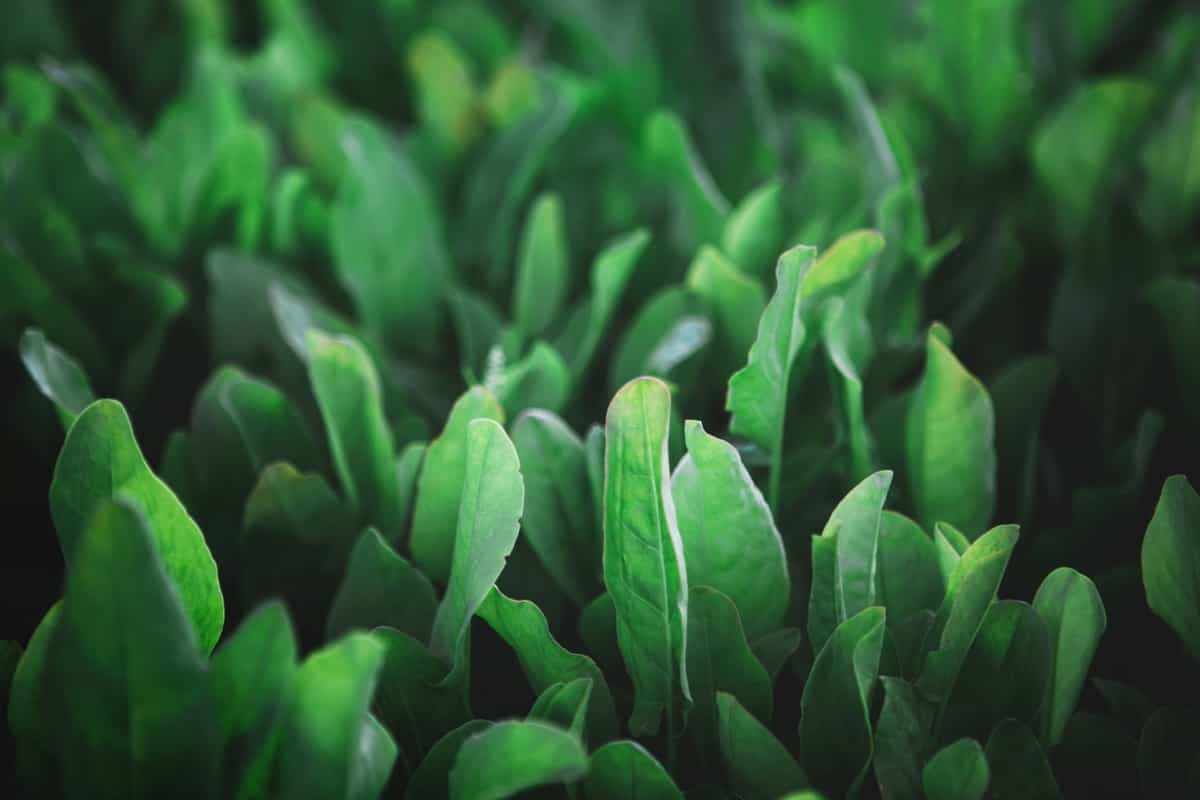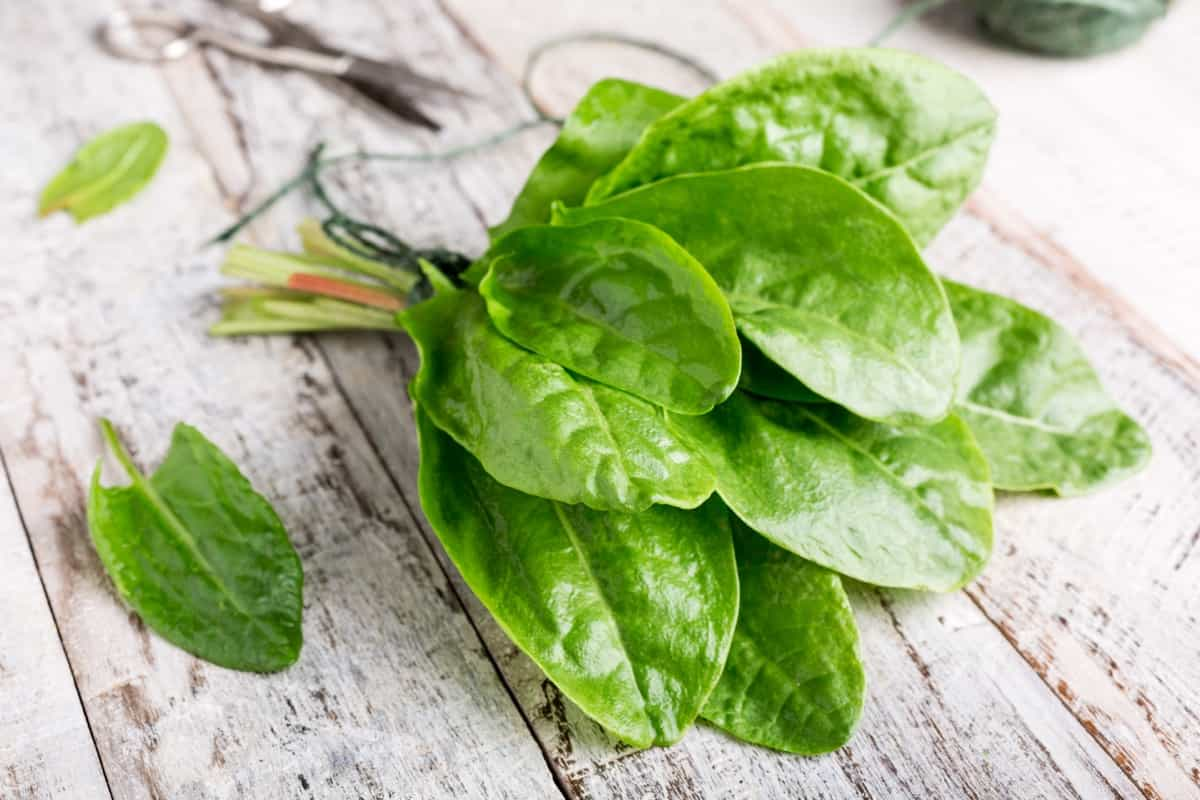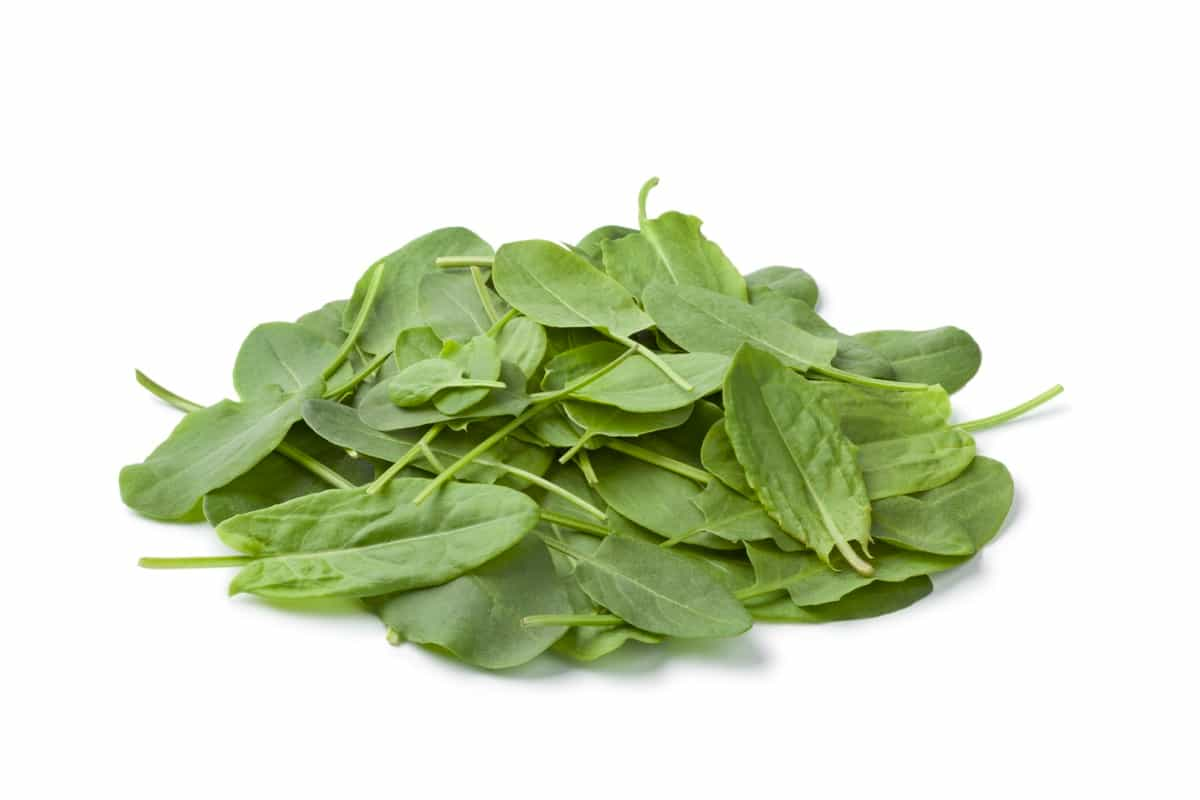Garden Sorrel, a hardy perennial herb treasured for its tart, lemony flavor, has carved a niche in many global cuisines and home gardens. It is a preferred choice of many hobby gardeners, but its cultivation can occasionally present certain challenges. This article will look into common problems that may arise when growing sorrel and discuss effective solutions to keep these issues at bay.

Embedded within the text are useful keywords and phrases like, ‘How do you plant and care for sorrel,’ ‘Where does sorrel grow best,’ and ‘How often should I water my sorrel,’ providing invaluable insight into garden sorrel.
11 Common Problems With Garden Sorrel
Yellowing Leaves on Garden Sorrel
One common problem seen with garden sorrel is the yellowing of leaves. This can result from various factors, most notably poor watering practices and nutrient deficiencies. When asking yourself, ‘How do you plant and care for sorrel,’ a key aspect is ensuring that your watering is consistent but not excessive. Excessive watering can lead to a condition known as chlorosis, causing the leaves to turn yellow.
Alternatively, too little water can result in drought stress, resulting in similar symptoms. The best action is maintaining a regular watering schedule, avoiding both extremes. Nitrogen deficiency is another common cause of yellow leaves. A simple fix is to supplement your soil with a balanced, slow-release fertilizer with nitrogen. The idea is not to overload the soil with nutrients but to provide a consistent supply that your sorrel plants can use over time.
Wilting Garden Sorrel Plants
The wilting of garden sorrel plants can be quite alarming. In most cases, this happens due to inconsistent watering, where the sorrel plant is either too dry or too wet. A key aspect in understanding ‘how often should I water my sorrel’ is to realize that while the plant needs consistent moisture, it doesn’t favor waterlogged soil. Excessive watering causes root rot, resulting in wilting and eventual plant death. Conversely, underwatering can lead to wilting due to drought stress. The solution is providing even, regular watering that keeps the soil moist but not waterlogged.
Pests Attacking Garden Sorrel
Pests pose a significant threat to garden sorrel. Aphids, particularly, affect these plants, sucking sap from the leaves and causing them to curl and discolor. An effective solution is introducing beneficial insects, like ladybugs, which are natural prey to aphids. Additionally, a mild insecticidal soap can control the aphid population.
Fungal Diseases in Garden Sorrel
Like most plants, garden sorrel is susceptible to various fungal diseases. These include leaf spots and powdery mildew, which can significantly affect the plant’s health. When pondering ‘where sorrel grows best,’ one should consider the plant’s preference for well-drained soil and good air circulation. These conditions reduce the likelihood of fungal infection. In the event of an infection, fungicides can be applied, but it’s essential to prevent crowding and ensure good air circulation among plants to prevent the spread of the fungus.
Stunted Growth in Garden Sorrel
Stunted growth is another common problem in garden sorrel. Inadequate light or nutrient-poor soil are often the culprits. Sorrel prefers full sun to partial shade, so if your sorrel isn’t growing as expected, consider its location. If nutrient deficiency is the cause, adding organic matter or a balanced fertilizer can help.
In case you missed it: 10 Common Problems With Rhubarb Plants: Treatment and Solutions

Nutrient Deficiencies in Garden Sorrel
Like any other plant, sorrel requires a range of nutrients to thrive. A deficiency of any essential nutrient can result in various symptoms, including yellowing leaves, slow growth, and a general decline in health. If you suspect a nutrient deficiency, consider testing your soil. Consider using a balanced fertilizer for ideal growth by providing essential nutrients.
Sunburned Garden Sorrel Leaves
Excessive sunlight can cause sunburn on garden sorrel leaves, leading to discoloration and a drop in the plant’s overall health. While sorrel enjoys a good amount of sunlight, too much direct, intense sunlight can be harmful. Consider the location of your sorrel plants; providing them with shade during the hottest parts of the day can protect them from sunburn.
Herbicide Damage to Garden Sorrel
Accidental exposure to herbicides can cause significant damage to garden sorrel. This can occur due to drift from nearby treated areas, resulting in symptoms such as leaf curling, yellowing, and stunted growth. To avoid this, apply herbicides cautiously and on calm, windless days. If damage has already occurred, rinse the plants thoroughly with water to wash away any residual herbicide.
Pruning Overgrown Garden Sorrel
As garden sorrel matures, it may become overgrown and leggy, potentially affecting overall health and productivity. This is often due to a lack of proper pruning or thinning. Pruning allows for better air circulation and light penetration, reducing the risk of fungal diseases and promoting healthier, bushier growth.
If your sorrel looks overgrown, trim it back to about a third of its size, focusing on older, woodier stems. Remember to regularly thin out your plants, as overcrowded plants are more susceptible to pest infestation and disease. You can maintain vigorous, productive sorrel plants for years by incorporating pruning into your care routine.
Poor Soil Drainage Affecting Garden Sorrel
Garden sorrel is sensitive to soil conditions, particularly poor drainage. Water-saturated soil can cause root rot, a deadly condition causing plant wilting and demise. When considering ‘how you plant and care for sorrel,’ selecting a location with well-draining soil is paramount. If soil drainage is inadequate, consider using raised beds or adding organic matter to improve the soil’s structure and drainage capacity.
Overwatering Garden Sorrel
One of the most common mistakes made by beginner gardeners is overwatering. An integral part of understanding ‘how often should I water my sorrel’ is knowing that it prefers consistently moist soil and doesn’t favor overly wet conditions. Overwatering can result in root rot, wilting, and, eventually, the death of the plant. Ensure you water the plant regularly, but don’t let the soil waterlog.
In case you missed it: Homemade DIY Green Tea Soil Fertilizer: Recipe for Natural and Organic Benefits of Plants

Conclusion
In conclusion, nurturing a thriving garden sorrel requires knowledge, vigilance, and a delicate touch. Although several issues can arise while growing this robust perennial herb, such as yellowing leaves, wilting, pests, fungal diseases, and stunted growth, these challenges are easily surmountable. Maintaining a balanced watering routine, providing adequate sunlight, and monitoring for pest infestations are essential.
Also, fostering ideal soil conditions for sorrel, like good drainage and optimal nutrient content, significantly aids its successful cultivation. When given proper care and attentive maintenance, incorporating garden sorrel into your garden can prove to be a gratifying choice. It offers a consistent abundance of zesty, citrus-infused foliage, elevating your culinary endeavors.
- Feed Your Flock for Less: Top 10 Tips to Save on Chicken Feed
- Ultimate Guide to Ossabaw Island Hog: Breeding, Raising, Diet, and Care
- Hatching Answers: The Top 10 Reasons Your Chickens Aren’t Laying Eggs
- Eggs and Economics: Breaking Down the Cost of Raising Backyard Chickens
- Defend Your Greens: Proven Methods to Keep Iguanas Out of Your Garden
- Ultimate Guide to Cinnamon Queen Chicken: A Comprehensive Guide for Beginners
- Ultimate Guide to California Tan Chicken: Breeding, Raising, Diet, Egg-Production and Care
- Ultimate Guide to Marsh Daisy Chicken: Breeding, Raising, Diet, and Care
- 10 Types of Chicken Farming Businesses You Can Start for Profits